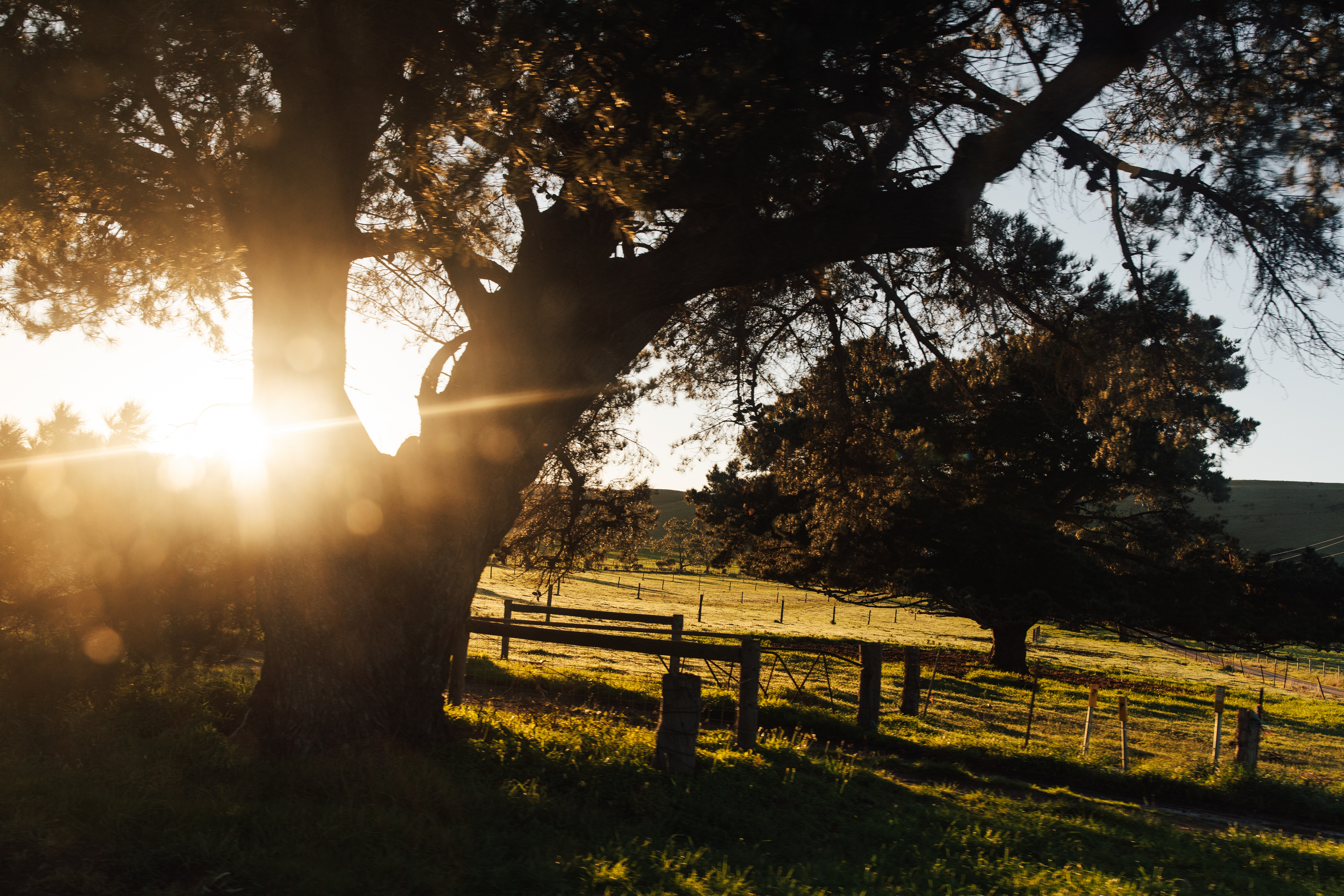
Producers urged to feed for ‘dry times’
Rainfall has been scarce across much of South Australia to-date, with many regions awaiting more moisture. For some producers seeding is complete, while others have yet to start.
Across the state, in particular for the bottom half of the Eyre Peninsula, parts of the Yorke Peninsula and Mid North, have recorded below average rainfall for the growing season, from April 1 onwards. May and June have been particularly dry.
However, for much of the South East and Mallee seasonal rainfall is close to average, and in the pastoral regions, except for areas near Moomba, the season has been sensational thanks to excellent rainfall in April and May.
While many producers are making decisions on whether or not to crop, they need to also be reviewing their sheep enterprises. The indicators show that the sheepmeat, wool and beef sectors will remain positive, so it’s important that producers take this into account and plan to manage their livestock well.
It’s important to maintain livestock in good condition and managed them well, especially through late pregnancy, parturition and lactation, as wool and lambs will be a significant income source in future months.
I encourage all producers to visit the Livestock SA website for further details of the many workshops that are currently being held to ensure producers have the best advice on management and feeding strategies they can use during this time.
Further, if people think there’s a need for further help, they can contact Livestock SA and we’ll look to deliver further services in their area.
Another option producers need to consider is farm management deposits, which could provide options for extra cash flow when needed in the coming 12-months. They are a very good option that producers should consider, and discuss with their accountants.
Despite a poor start to the cropping season there is still a buoyant outlook for the livestock sector, with the latest ABARES release stating that the gross value of farm production in 2017-18 was forecast to be 9 per cent higher than the average of $55 billion in the the five years to 2016-17.
While the gross value is forecast to dip it is important to see that many classes of livestock are tipped rise in 2017-18 including beef and veal, forecast to rise by 4pc, wool by 6pc, lamb by 4pc and live feeder/slaughter cattle by 3pc.
In particular, the gross value of livestock production is forecast to increase by 3.5pc to $30.2b in 2017-18.
These ABARES forecasts highlight the importance of good livestock management, and current lower prices for feed grain means there is no excuse for not looking after livestock, and maximising potential opportunities in 2017-18.
If you’re considering the future of beef we also encourage you to consider having an involvement with the SA Beef Industry Blueprint working group, we are calling for expressions of interest and ask interested stakeholders to contact Livestock SA by Wednesday, July 5, 2017.
-Andrew Curtis, Chief Executive Officer of Livestock SA